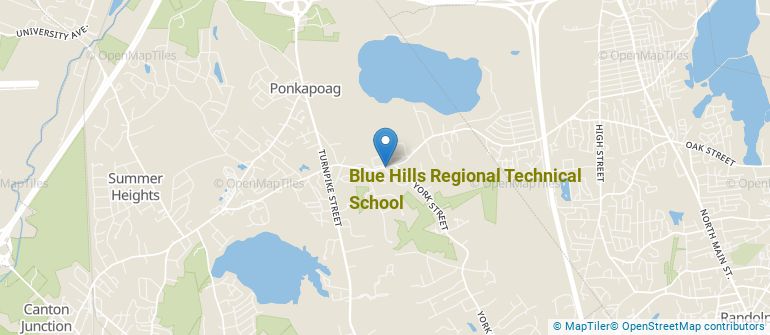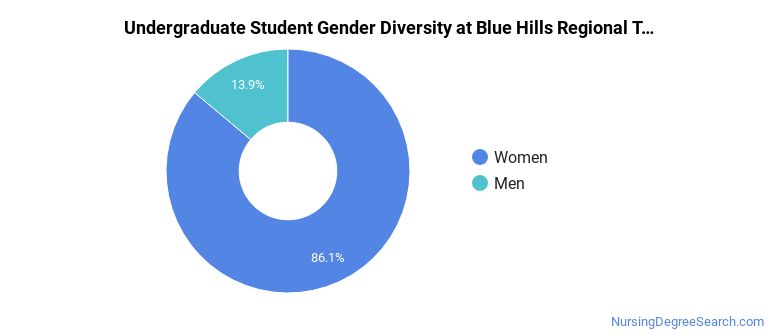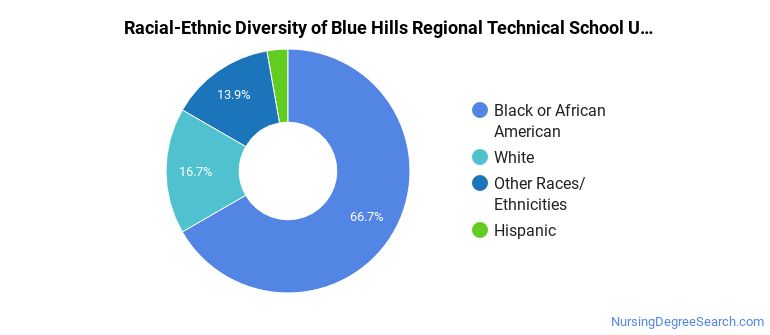Blue Hills Regional Technical School Nursing Programs
Blue Hills Regional Technical School is a public institution situated in Canton, Massachusetts. Students who love country life may enjoy the rural location of Blue Hills Regional Technical School.
Where Is Blue Hills Regional Technical School?

Contact details for Blue Hills Regional Technical School are given below.
| Contact Details | |
|---|---|
| Address: | 800 Randolph St, Canton, MA 02021 |
| Phone: | 781-828-5800 |
| Website: | www.bluehills.org |
Admission Requirements for Blue Hills Regional Technical School
| Submission | Required? |
|---|---|
| High School GPA | 3 |
| High School Rank | 3 |
| High School Transcript | 1 |
| College Prep Program | 3 |
| Recommendations | 1 |
| SAT or ACT Scores | 3 |
| TOEFL | 1 |
How Hard Is It To Get Into Blue Hills Regional Technical School?
Can I Afford Blue Hills Regional Technical School?
Student Loan Debt
Almost 66% of college students who graduated with the class of 2018 took out student loans, but that percentage varies from school to school. At Blue Hills Regional Technical School, approximately 67% of students took out student loans averaging $8,446 a year. That adds up to $33,784 over four years for those students.
Blue Hills Regional Technical School Undergraduate Student Diversity
Gender Diversity
Of the 36 full-time undergraduates at Blue Hills Regional Technical School, 14% are male and 86% are female.

Racial-Ethnic Diversity
The racial-ethnic breakdown of Blue Hills Regional Technical School students is as follows.

| Race/Ethnicity | Number of Grads |
|---|---|
| Asian | 0 |
| Black or African American | 24 |
| Hispanic or Latino | 1 |
| White | 6 |
| International Students | 0 |
| Other Races/Ethnicities | 5 |
Blue Hills Regional Technical School Nursing Concentrations
The table below shows the number of awards for each concentration.
| Major | Undergraduate Certificate | TOTAL |
|---|---|---|
| Licensed Practical/Vocational Nurse Training | 16 | 16 |
| TOTAL | 16 | 16 |
References
*The racial-ethnic minorities count is calculated by taking the total number of students and subtracting white students, international students, and students whose race/ethnicity was unknown. This number is then divided by the total number of students at the school to obtain the racial-ethnic minorities percentage.
More about our data sources and methodologies.
